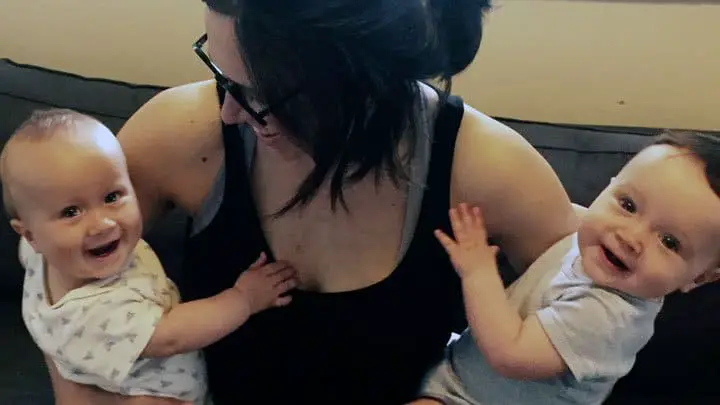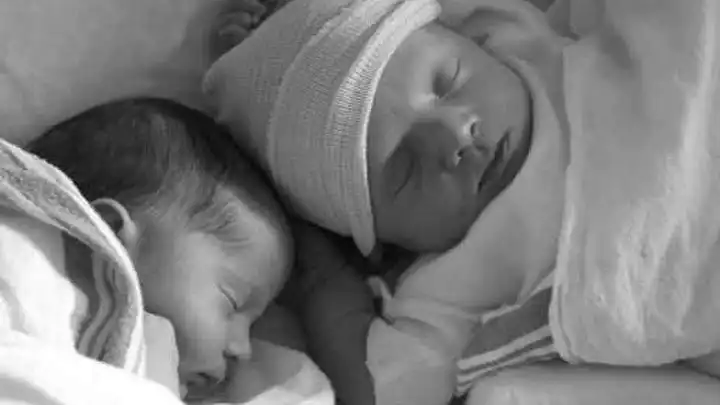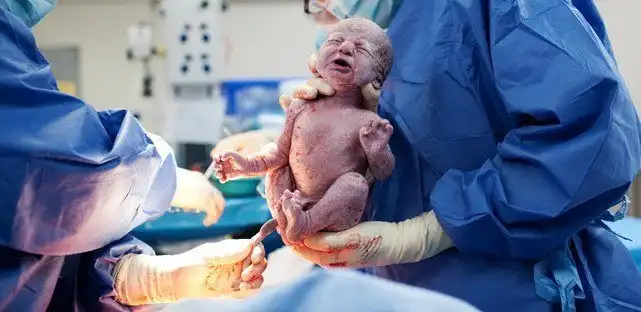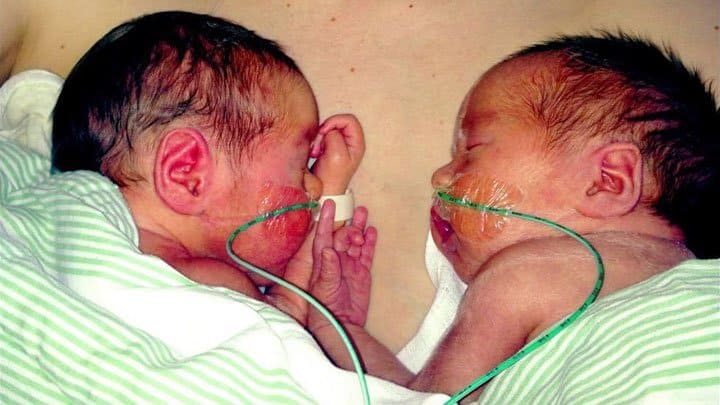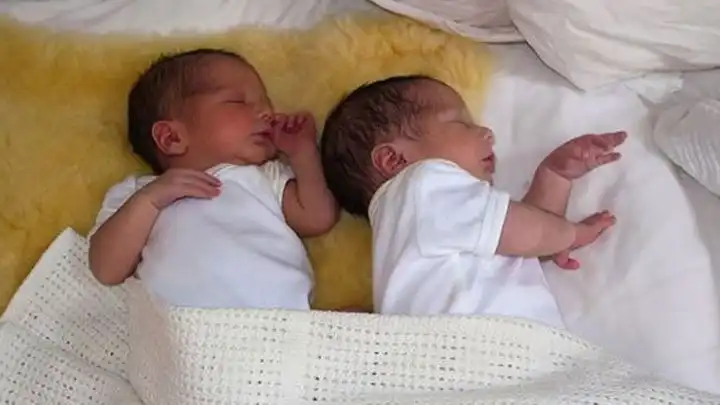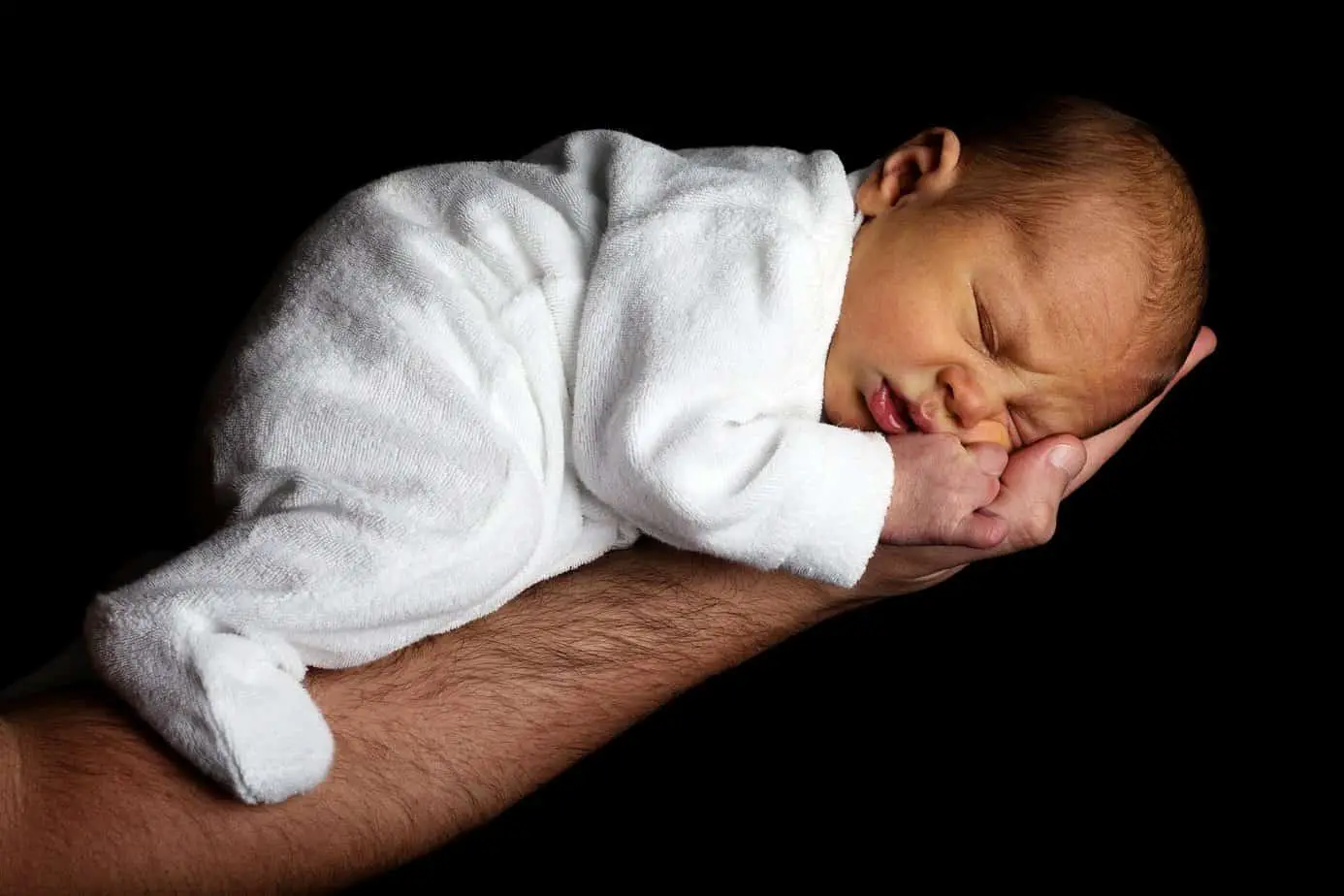Twin Pregnancy Complications: What to Look Out For
Many women worry about twin pregnancy complications when they learn that they’re having twins. Hospital staff will monitor a twin pregnancy carefully and will be able to inform you about specific twin pregnancy complications. Ironically, this makes some women pregnant with twins more anxious.
“Women having twins get a lot of information about what can go wrong. It’s to keep them and the babies safe, but it also gives focus to the fact that twin pregnancy complications is a possibility,” says midwife Ditte Toft Heskjær.
She is employed at a Danish hospital in a team designated to women pregnant with twins and women suffering from birth anxiety.
Follow recomendations
Ditte Toft Heskjær points to the fact that it generally puts great strain on the body to be pregnant, and with a twin pregnancy even more so. When you’re pregnant with twins it’s important to listen to your body. You need to react if you experience signs that worry you. According to her, the best thing you can do to remedy twin pregnancy complications is to follow official recommendations about twin pregnancy and maternity leave. You need to go on maternity leave earlier than you would need to with a singleton. Also, visit your midwife for regular check-ups. She’ll among other things check for signs of early effacement. This shortening of the cervix is important to discover, because it’s a sign of early labour. There are actions the medical staff can take to prevent early labour, if prevented in time. Also get some rest.
“You need to rest during the day, but this doesn’t mean that it’s a good idea to rest on the couch all day. You need to keep your body active, so it can handle carrying the extra pounds.”
Twin pregnancy complications
Premature labour
You will often experience quite a lot of braxton hicks contractions in a twin pregnancy. This is normal. However, if the contractions become increasingly severe, painful, you’ve got bloody discharge or a heavy sensation in your pelvis area, your need to contact the hospital. If anything deviates from the norm, call the hospital or your midwife. You need to be sure that you can feel both babies move around. You need to react if one twin has markedly changed his or her pattern. It’s okay that one child is more active than the other, as long as their patterns are consistent. Also, be aware that your babies might move a little less than a singleton baby would. This is because your placenta area is larger. This might happen if your placenta(s) is positioned in front of your uterus.
Twin to Twin Transfusion Syndrome (TTTS)
Twins, who share a placenta, can develop Twin to Twin Transfusion Syndrome. It’s rare and only happens to identical twins. This is because babies need to share a placenta in order to be at risk of TTTS. All fraternal twins have their own placenta. Read about how twins are formed. As a result of sharing a single placenta, the blood supplies can become connected, so that the twins share blood circulation. The blood can be transferred disproportionately from one twin (the donor) to the other (the recipient). The donor, as a result, has decreased blood volume which leads to a slower than normal growth. The donor produces less urine than normal leading to a lower than normal level of amniotic fluid. In turn, the recipient twin becomes overloaded with blood. This excess blood puts a strain on this twins heart to the point that he or she may develop heart failure. It also makes the recipient twin produce more urine than normal, leading to a higher than normal level of amniotic fluid. This can cause premature labour due to extra pressure on the cervix. The mortality rate for severe TTTS is high if left untreated. Read about TTTS and the possibilities of treatment. Mothers with TTTS may experience rapid growth of the womb, a uterus that measures large for dates, abdominal pain, tightness, contractions, sudden increase in body weight as well as swellings in hands and legs.
Twin Anemia Polycythemia Sequence (TAPS)
TAPS can be viewed as a passive form of Twin to Twin Transfusion Syndrome. Research indicates that TAPS probably results mainly from slow inter-twin blood transfusion without hormonal imbalance, while TTTS results from imbalanced inter-twin blood transfusion in combination with imbalanced hormonal regulation. In TAPS a few small artery-to-vein connections on the placenta allow a slow transfusion of blood from a donor twin to a recipient twin. This creates an imbalance of red blood cells between the babies, that gradually becomes highly discordant. This makes the donor baby anemic, whereas the recipient baby produces thick blood (polycythemia). There are no amniotic fluid discordances in TAPS.
Intrauterine growth restriction (IUGR)
Intrauterine growth restriction is a condition in which one or both twins don’t grow well. A baby with IUGR is too small compared to other twin babies of the same gestational age.
Selective Intrauterine Growth Restriction (SIUGR)
Selective intrauterine growth restriction (SIUGR) can only happen to monochorionic twins – identical twins who share a placenta. It’s characterized by unequal placental sharing which leads to one twin being growth-restricted.
Monochorionic monoamniotic (mo-mo) twins
The risk of complications is very high if you’re carrying monochorionic monoamniotic (mo-mo) twins. Mo-mo twins are extremely rare. They only account for about one percent of all identical twins and can never be fraternal. Mo-mo twins share a placenta and both the outer and inner membrane. They lie in the same sac and this make them at risk for umbilical cord entanglement and compression during pregnancy and birth. If you’ve been diagnosed with mo-mo twins, you should see a Maternal-Fetal Medicine (MFM) physician regularly as you’ll need aggressive monitoring and expert care.



